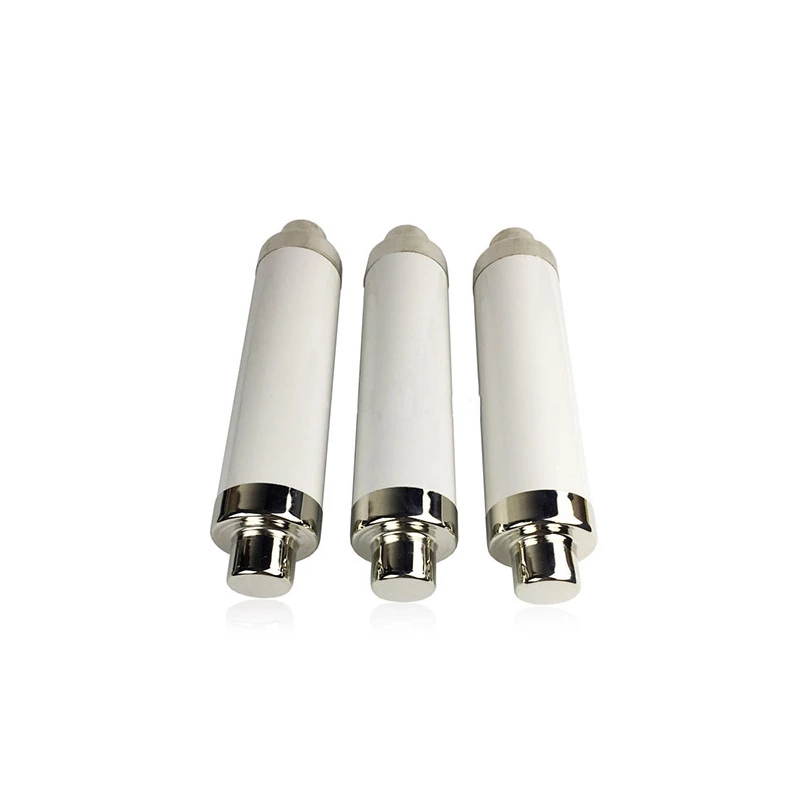Research On The Upper And Lower Limit Characteristics Of Breaking Current Of Drop-out Type Fuse
1. Analysis of breaking current parameter characteristics
As a key protection device for distribution lines, the breaking current range of High Voltage Fuse is the core factor that determines the protection performance of the equipment. According to the IEC 60282-1 standard, the maximum breaking current is the expected current peak value that the fuse can reliably cut off without explosion or damage, and the minimum breaking current is the minimum symmetrical current effective value that ensures the fuse melts reliably. These two parameters constitute the current range boundary of the fuse action and play a vital role in power grid protection.
2. Breaking current upper limit characteristics
The upper limit of rated breaking current can usually reach 12.5kA (12kV level), which is restricted by the arc extinguishing chamber structure, gas-generating material characteristics and mechanical strength. Under extreme short-circuit conditions, the metal vapor generated by fuse gasification works synergistically with the arc-extinguishing tube gas-generating material to form a longitudinal arc blowing effect. Studies have shown that when the expected short-circuit current exceeds the upper limit, the following failure modes may be triggered:
Arc energy exceeds the arc extinguishing chamber's tolerance, causing the tube to burst
The gas-generating material consumption rate is unbalanced, affecting the dielectric recovery strength
Welding occurs in the contact system, causing protection failure
3. Breaking current lower limit characteristics
The minimum breaking current is usually set to 1.3-2 times of the rated current. This parameter is determined by the thermal time constant of the fuse and the metallurgical characteristics of the material. In low overload current scenarios, the fuse exhibits a "slow action" characteristic, and its melting time is inversely proportional to the square of the current. Experimental data shows that when the fault current is lower than the set lower limit, the following may occur:
The fuse continues to heat up but cannot be effectively melted
Insufficient arc energy causes heavy breakdown
The protection action time exceeds the thermal stability limit of the equipment
4. Parameter influencing factors and optimization
In actual operation, ambient temperature, altitude and installation angle will affect the breaking characteristics. In areas above 2,000 meters above sea level, the arc extinguishing capacity decreases by about 8% due to the decrease in air density. Recommendations in engineering practice:
Altitude correction according to GB/T 15166 standard
By using copper-silver composite fuse, the fusing reliability under low current conditions is enhanced.
Optimize the arc-extinguishing tube silicone rubber content to 18%-22% to balance the gas production efficiency
V. Selection and application recommendations
The equipment selection should follow the DL/T 640 specification, with key considerations:
The maximum expected short-circuit current of the system does not exceed the kA rating of the fuse.
The minimum fault current is higher than the lower limit of the fuse
Cooperate with the load switch to form a dual protection mechanism
Perform DC resistance test (deviation value ≤ 15%) and mechanical property inspection regularly to ensure that the contact pressure is maintained in the range of 40-60N.
VI. Conclusion
Correctly grasping the upper and lower limit parameters of breaking current can effectively improve the reliability of distribution network protection. With the application of new nano-gas-generating materials and intelligent monitoring technology, Enbima's new generation of fuses has achieved an action accuracy of ±5%, providing a better protection solution for the construction of smart grids. Enbima's operation and maintenance personnel combine equipment parameters and system characteristics to establish a dynamic protection coordination system to ensure the safe and stable operation of the power system.

